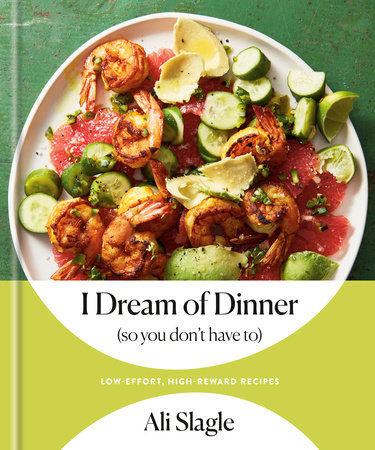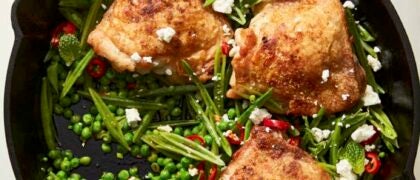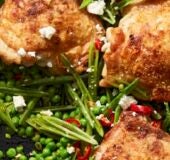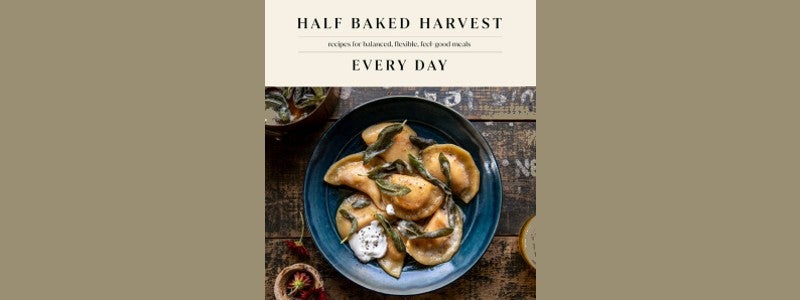IntroductionSome count sheep—I dream up dinner.My favorite cooks are people who “make food.” Their skills and taste buds are honed by real life, by making do with what they have, and by sticking their fingers into lots of hot pots. They cook quickly but thoughtfully, feed extremely hungry people night after night—and then do the dishes whether they want to or not.
That includes my mom and nonna, and not just because I love them so much. Their cooking is soulful, scrappy, confident, and completely delicious. They make dinner with ten ingredients and in 45 minutes, probably, but who’s counting? They don’t have patience for time-sucks and finicky recipes, but they also won’t sacrifice an ounce of joy or flavor along the way.
Take my mom’s chili, which is made from cans, jars, and ketchup. It’s not real-deal chili but it’s so good, people joke it’ll be celebrated on her gravestone (it’s the Shortcut Chicken Chili on page 286). And when you ask my nonna for her biscotti recipe, what you get is on the next page—good luck! She cooks outside the lines, clearly.
I thankfully inherited their resourcefulness and love for cooking. When I go on walks or zone out on the train, I’m playing Dinner Tetris in my head. I’m imagining the moves I’ll make to efficiently, enjoyably use the ingredients I have to make what I want. The results of these daydreams (and actual dreams) become meals for me and recipes for you—I dream of dinner so you don’t have to! The 150 recipes in this book meet you wherever you are: hungry, hurried, happy. In need of calm and comfort or fire and fun. On yet another Wednesday. At 6 p.m., realizing
oh right, dinner.My promise is that the effort-to-reward ratio is engineered in your favor. The recipes won’t use more than 45 minutes, ten ingredients (though usually just five to eight), and your indispensables (meet them on page 16). They approach pantry lurkers and produce on its last leg as enthusiastically as farmers’ market celebrities, and are flexible enough to modify wildly. No need to go to the store for one ingredient unless you also need ice cream.
Instead of hiding work in an ingredient list—did you know “½ cup toasted, chopped, skin-off hazelnuts” takes half an hour?—there’s a grocery list to scan. When you’re ready to cook, bring the ingredients to the counter and follow along: All the prep happens in the recipe itself. You can cling to the recipes for dear life or you may never follow any precisely—cooking is a wild thing that really can’t (and shouldn’t) be contained within precise steps and amounts.
This book provides just enough structure to get you to excellent meals, in your kitchen, your way. The recipes are organized by the basic processes that turn their main ingredient into dinner. Seeing recipes as templates creates routine, which is practical but rarely boring because it provides avenues for improvisation (a fact of life). Each section starts with quick tricks for each process so that you can off-road and recover if there’s a screw-up (another fact of life).
This fast and loose way of cooking will make the mediocre days better and the good days great. It will maximize your time, minimize your waste, spark inspiration, and nourish with food that feels good to make and eat. Just remember: Do more with less. Don’t overthink it. And also: It’s only dinner.
Copyright © 2022 by Ali Slagle. All rights reserved. No part of this excerpt may be reproduced or reprinted without permission in writing from the publisher.















